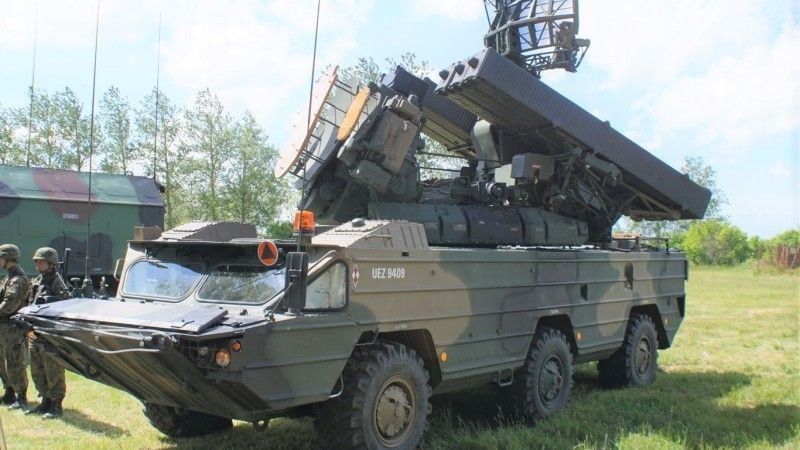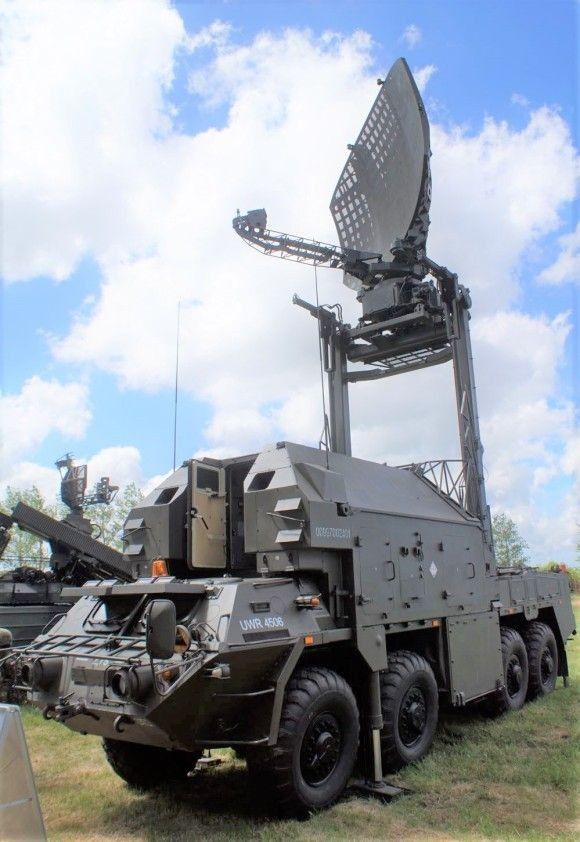Armed Forces
Poland Deployed Air Defence Systems to the East of the Country [EXCLUSIVE]

Photo. Jarosław Ciślak/Defence24
Air defence units with SAM systems have been deployed to eastern Poland for quite some time now, Defence24.pl unofficially found out. This is to prevent events similar to the ones that took place in Przewodów.
As Defence24.pl found out off the record, SAM-armed air defence systems have been deployed to eastern Poland for quite some time now, to reinforce the air defences in this part of the country. Most probably, the above refers to Osa-P and Poprad systems. Not only are the Air Force air defence units involved in this process then (as these primarily use the Newa-SC systems), but the Army also gets engaged in the aforesaid effort.
The air defence systems are deployed to specific locations and remain on duty there. Here, proper C2 and sensors are used to support such systems, so that decisions on the engagement of potentially emerging aerial threats are made based on the known air picture. The deployment described here is aimed at preventing incidents such as the one that took place in Przewodów - two persons were killed there, as a result of an accidental hit by a Ukrainian air defence missile.

Photo. Jarosław Ciślak/defence24.pl
In that case, even if an air defence system was deployed then, neutralization of the threat would have been challenging, as we were dealing with a very fast SAM, with its point of impact located just a few kilometres from the border. S-300PS 5V55 missiles travel at speeds of up to 2 thousand meters per second. The Polish air defences had no sufficient reaction time for an effective intercept, especially given the fact that the missile was not identified as a threat.
Deployment of primarily SHORAD and VSHORAD assets in the region is also related to intensified Russian airstrike activities, aimed at destroying targets deep in Ukraine and involving cruise missiles, and UAVs. The Polish air defence systems are, to a limited extent, capable of destroying subsonic cruise missiles, such as Kh-555, or Kalibr, travelling at speeds of 300 meters per second - provided that they enter the Missile Enagement Zone (MEZ), and that the air defence assets are at readiness. Poprad's maximum range is 6.5 kilometres (with Piorun effectors). Osa can engage targets at a distance of 10 kilometres, while the range of the Newa-SC system is defined as ca. 20-25 kilometres. One should also remember that the engagement capabilities depend on the flight routes and profiles, target type, detection, command system's operation, terrain, and so on. The maximum range is defined for perfect engagement conditions.
Allied air defence assets have been deployed to Poland, including primarily the Patriot MRAD, stationed near Rzeszów. Patriot systems from Germany would join them soon. These are the only systems in Poland capable of destroying ballistic missiles in flight - the first Polish Patriot/IBCS squadron procured via the Wisła programme has not achieved combat readiness status yet. It is being currently integrated.
CAP sorties flown by NATO and Polish Air Force are an important element of the Polish IADS as well. Thanks to the support provided by air refuelling assets, and the NATO AWACS platforms, the fighters can effectively counter threats that could potentially appear in the Polish airspace, except for the ballistic missiles.
Increased readiness of IADS, in response to the Russian aggression, has been reported in several NATO member states - including Slovakia for instance. This results in higher levels of security for specific areas and facilities, should a threat emerge it does not translate into a total coverage of the whole territory. Even the Narew system, together with Wisła, would be unable to provide that level of capability.
